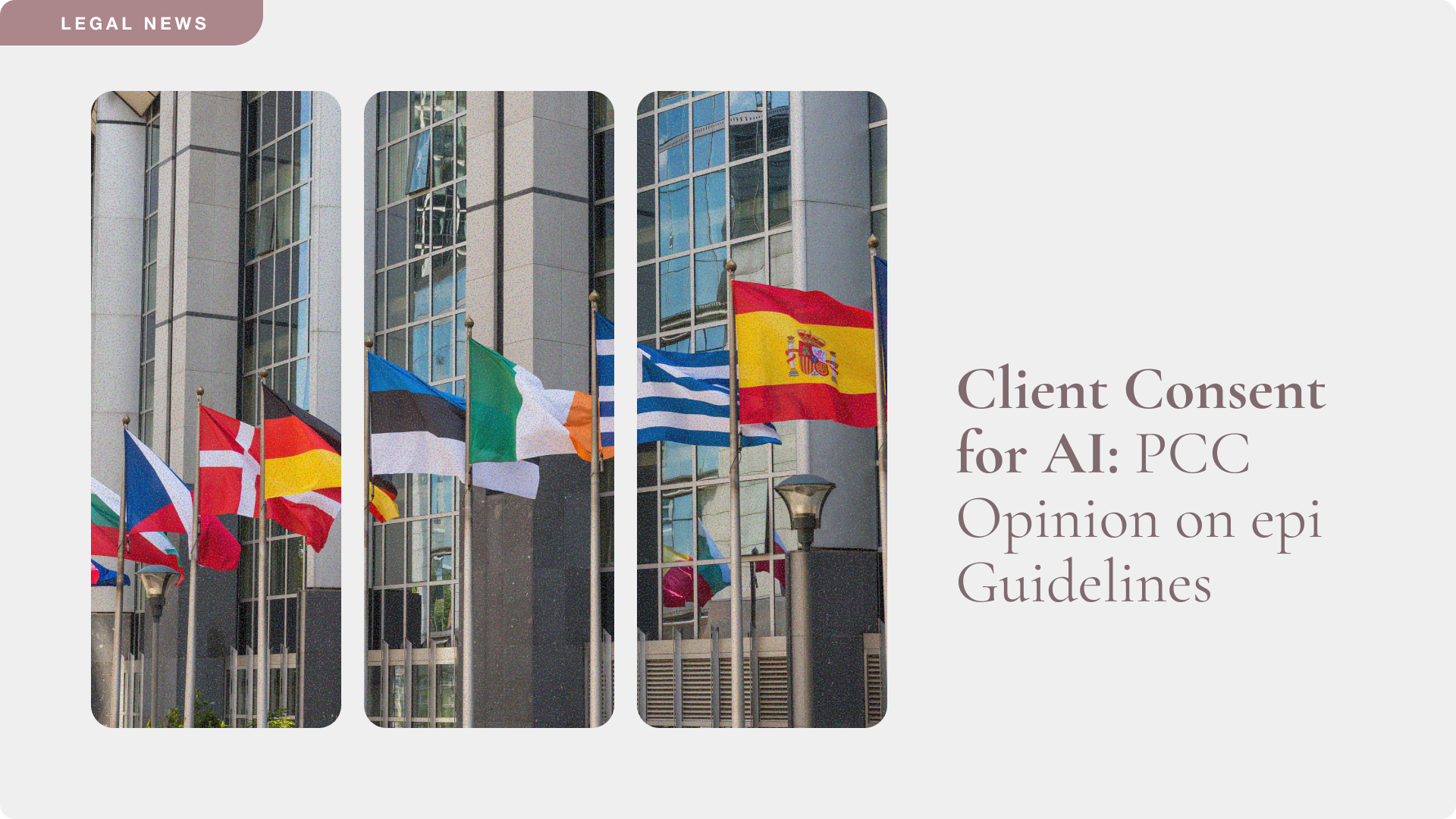AI Patent Protection in Europe: Strategic Insights for 2025
The intersection of artificial intelligence and European patent law has reached a critical juncture. As AI technologies mature from experimental tools to production-ready solutions, patent professionals face unprecedented challenges in securing robust IP protection. Recent developments from the Munich AI & IP Forum reveal both emerging opportunities and significant obstacles for companies seeking to patent AI innovations in Europe.
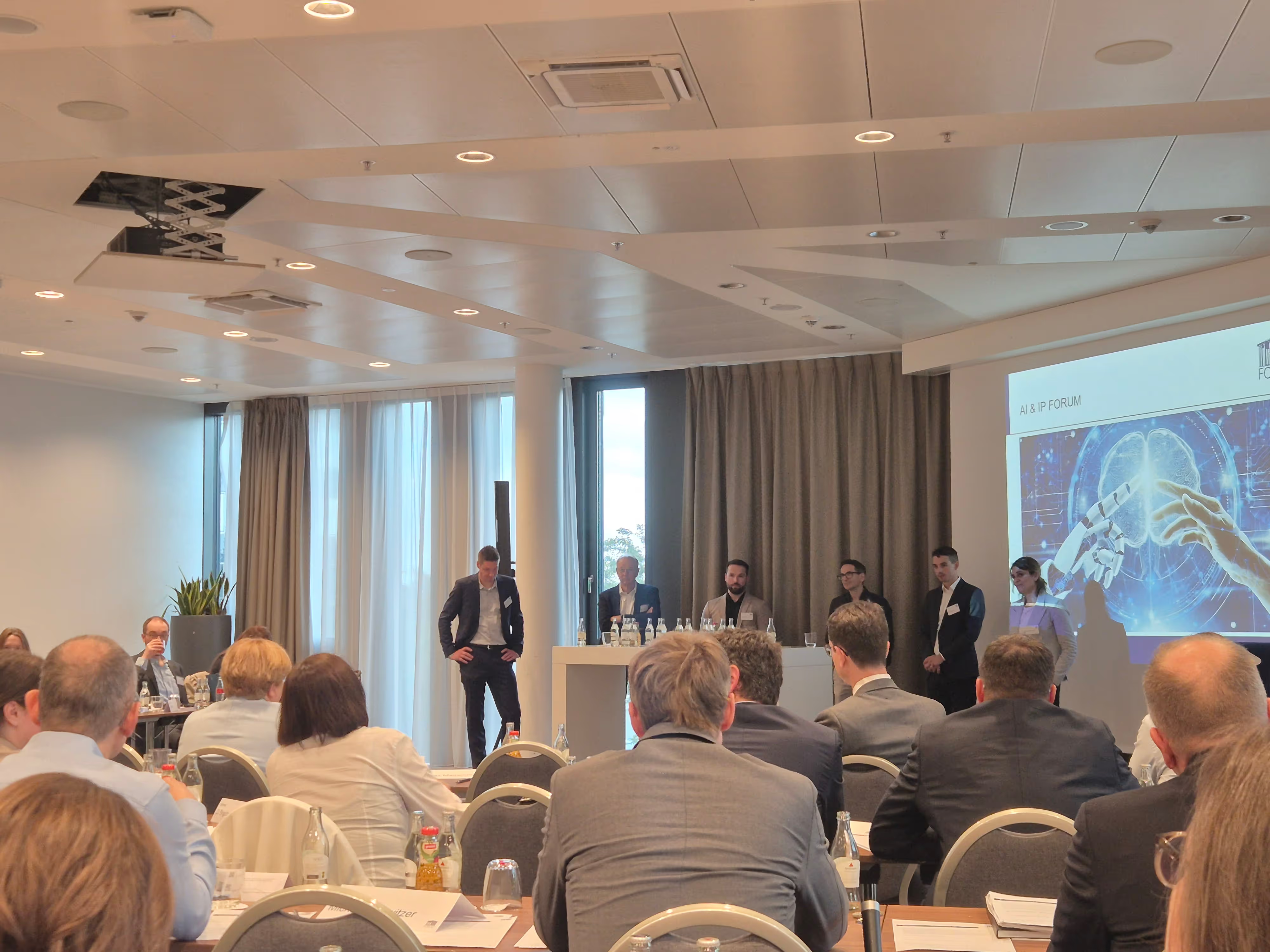
Panel speakers from left to right: Stephan Ising (Head of IP Strategy / Research, Thyssenkrupp Intellectual Property GmbH), Michael Gollwitzer (Head of Corporate Intellectual Property Support, Siemens), Dr. Marc Jäger (Team Lead Data Analytics & Artificial Intelligence, BASF), Andres Buser (Chapter Lead New Modality IP, Roche), Philipp Mangold (Patent Counsel, Robert Bosch GmbH), Farnaz Massoumian (Senior Patent Attorney, Vodafone).
The European Patent Office's Stance on AI Patentability
The European Patent Office (EPO) has refined its approach to AI patent applications, moving beyond early uncertainty toward more structured examination guidelines. Under the current framework, AI inventions fall under the Computer-Implemented Inventions (CII) umbrella, requiring applicants to demonstrate genuine technical character rather than mere abstract mathematical or software concepts.
In addition, the EPO's Board of Appeal has also rejected attempts to position Large Language Models (LLMs) as "skilled persons" in patentability assessment, as confirmed in T1193/23. This decision reinforces that AI systems, regardless of sophistication, cannot replace human expertise.
Navigating "Technical Effect"
The EPO’s approach in reviewing AI-based patent applications for specific technical contributions is evolving:
- Algorithmic improvements that solve technological problems,
- Novel system architectures that enhance computing performance,
- Specific implementation details rather than high-level functional descriptions,
- Concrete applications in defined technical fields.
The most significant hurdle for AI patent applicants remains demonstrating sufficient technical effect. Recent Board of Appeal decisions reveal increasingly strict interpretation:
T1425/21 established that "a reduction in storage or computational requirements of a machine learning model is insufficient, by itself, to establish a technical effect." This ruling appears fundamental in the AI patent landscape, demanding that patent applications demonstrate concrete technological improvements beyond efficiency gains.
T1998/22 emphasised that claims defining inventions "merely by a result to be achieved" face rejection under Article 84 clarity requirements. This decision reinforces the need for detailed technical disclosure. Read more here about the prevalent clarity rejection issues for EP cases.
T1952/21 faced rejection partly because reinforcement learning was deemed to lack application in a specific technical field, highlighting the importance of concrete use cases. Fundamentally, the Board held that the Enlarged Board decision G 1/19, addressing the patentability of computer-implemented mathematical models for simulation, should be the starting point when assessing the technical character of reinforcement learning.
Strategic Patent Drafting Recommendations
Patent practitioners have developed their own effective strategies to anticipate any rejections by the EPO through prosecution and beyond. Most effective drafting strategies comprise the following aspects:
- Layered Technical Explanation: Include paragraphs explaining AI functionality in accessible terms while maintaining technical precision
- Concrete Implementation Details: Describe specific algorithms, data structures, and processing methods.
- Problem-Solution Approach: Clearly articulate the technical problem and how the AI solution addresses it.
- Comparative Analysis: Demonstrate improvements over existing technical approaches.
Solve Intelligence enables patent attorneys to draft with clarity and technical depth efficiently. Keeping attorneys in the driving seat, Solve’s AI Patent Drafting Copilot allows users to draft applications in their own style and structure, freeing up time to focus on strategic aspects of the patenting process, such as navigating these AI-based drafting challenges, giving attorneys and their firms a crucial competitive advantage.
With G 1/24 emphasising the importance of description drafting, as the description will always be consulted to interpret claims during patentability assessments, the way terms are defined and described in the description could directly influence claim scope in ways that weren't always predictable under the previous divergent approaches. This is particularly relevant in drafting for AI-based inventions. Solve’s Patent Drafting Copilot can help ensure consistency between claim language and description terminology during the drafting process.
DABUS: AI as a Tool, Not Inventor
The global rejection of DABUS applications across major patent offices, including the EPO, has settled the inventorship question: only natural persons can be named as inventors. However, this doesn't diminish AI's role as a powerful tool in the invention or invention harvesting process for inventors and patent practitioners. The USPTO's 2024 guidance on AI-assisted inventions clarifies that human inventors must make "substantial contributions" to the inventive concept. This framework is increasingly influencing European practice.
Industry Adoption and Practical Implementation
With respect to AI implementation by patent teams, major European companies are rapidly integrating AI tools into their patent workflows already. During a panel of some of the largest European companies, they discussed how they have implemented enterprise-wide AI solutions, including integrated productivity platforms, while developing specialised analytics tools and procuring patent drafting and prosecution tools for their in-house IP teams. Their approach all emphasised human oversight and quality control.
Training and Change Management
The forum highlighted critical success factors for AI adoption:
- Bootcamp-style training programmes lasting 1-3 days every quarter or every half year.
- Champion networks to support organisational change and help upskill colleagues.
- Continuous learning programmes with peer knowledge sharing and support from vendors.
Conclusion
The AI patent landscape in Europe demands strategic thinking. Although the EPO's increasingly stringent requirements pose challenges, companies that adapt their patent strategies to emphasise concrete technical contributions and detailed implementation disclosures will secure stronger patent protection.
The next phase of AI patent law will likely see continued conversations between European and US attorneys. And at Solve Intelligence, we will continue monitoring key legal developments as we develop AI-powered tools to assist patent attorneys in navigating the evolving patent landscape across both sides of the Atlantic.
AI for patents.
Be 50%+ more productive. Join thousands of legal professionals around the World using Solve’s Patent Copilot™ for drafting, prosecution, invention harvesting, and more.
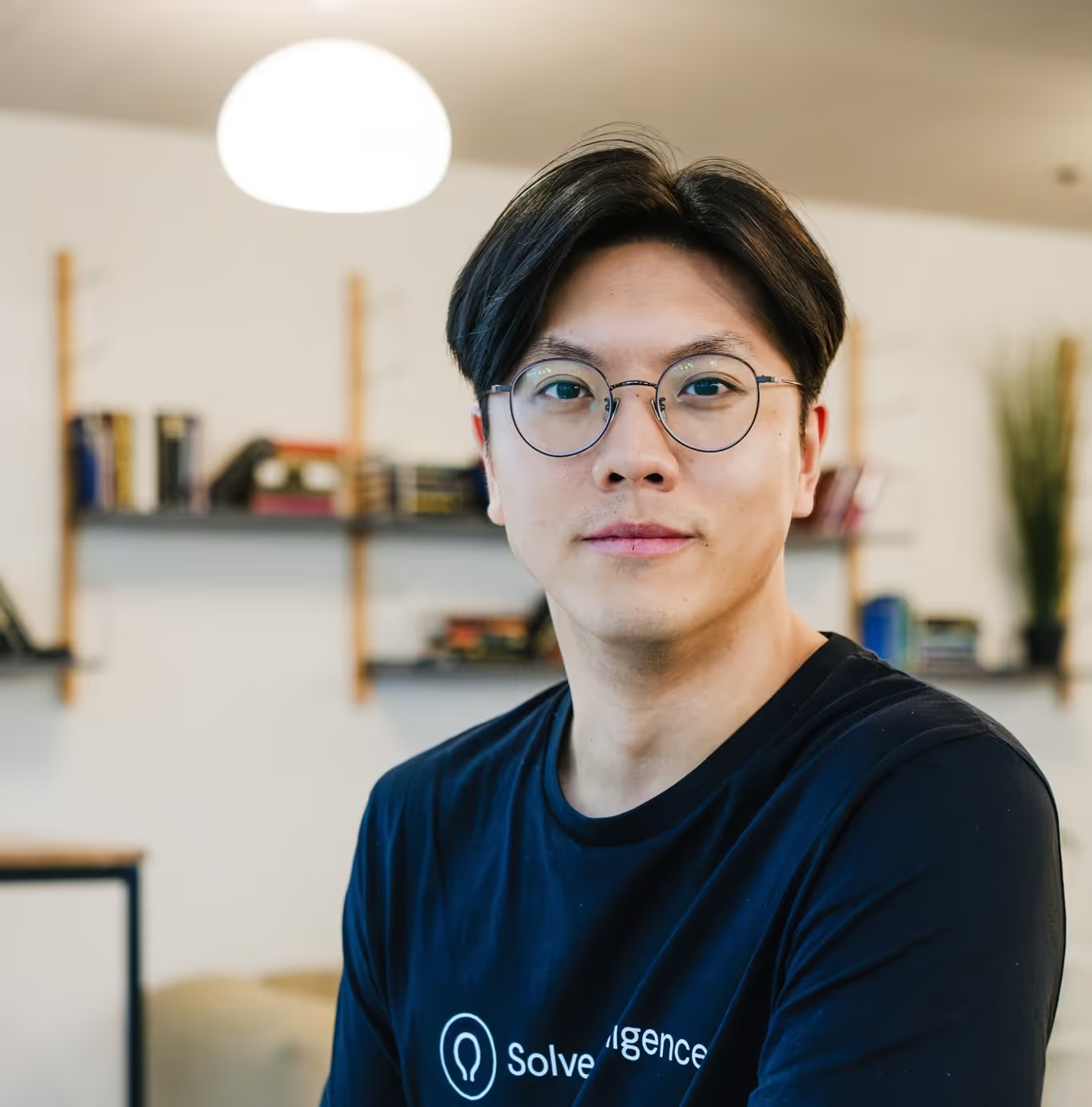
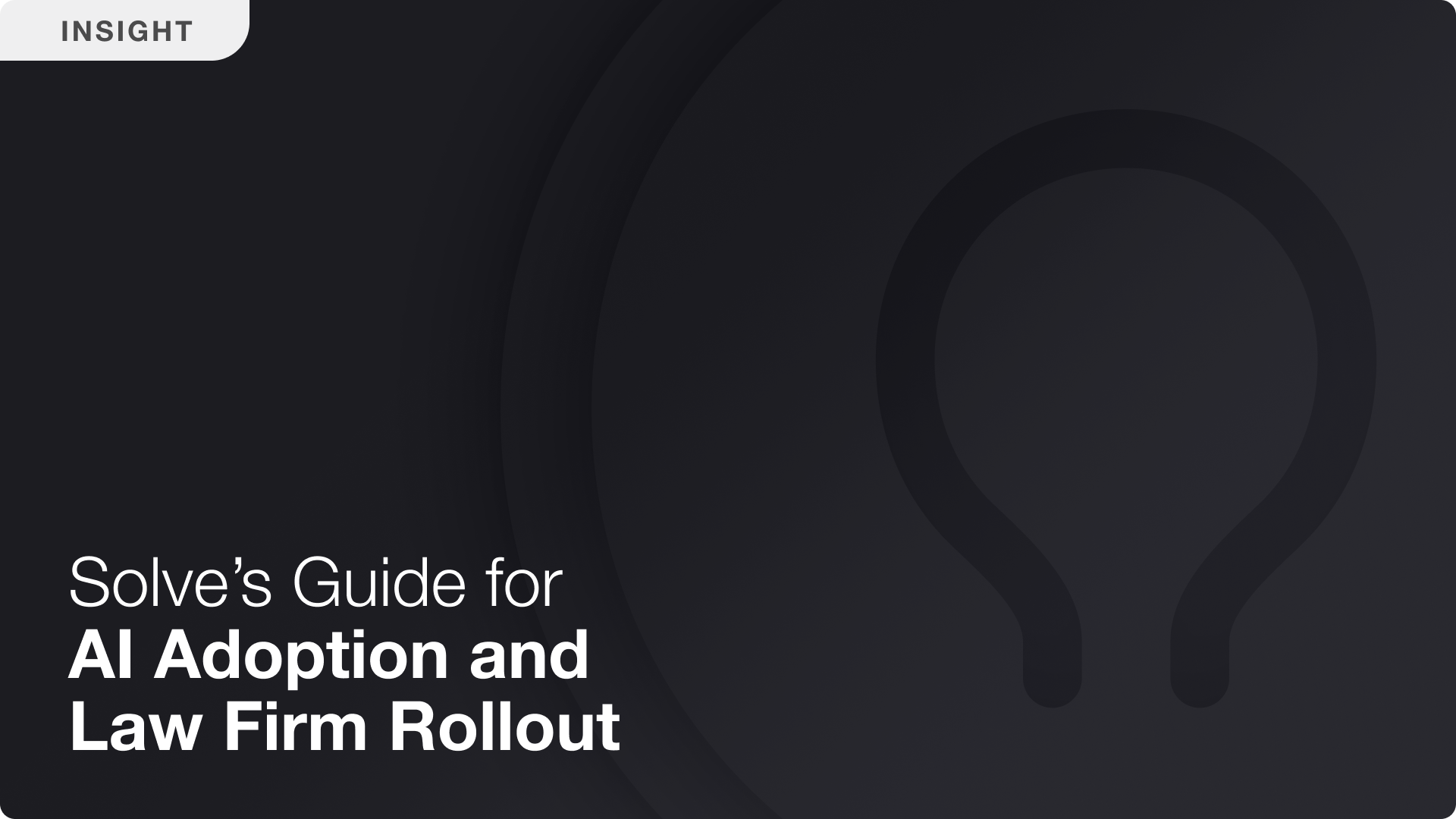
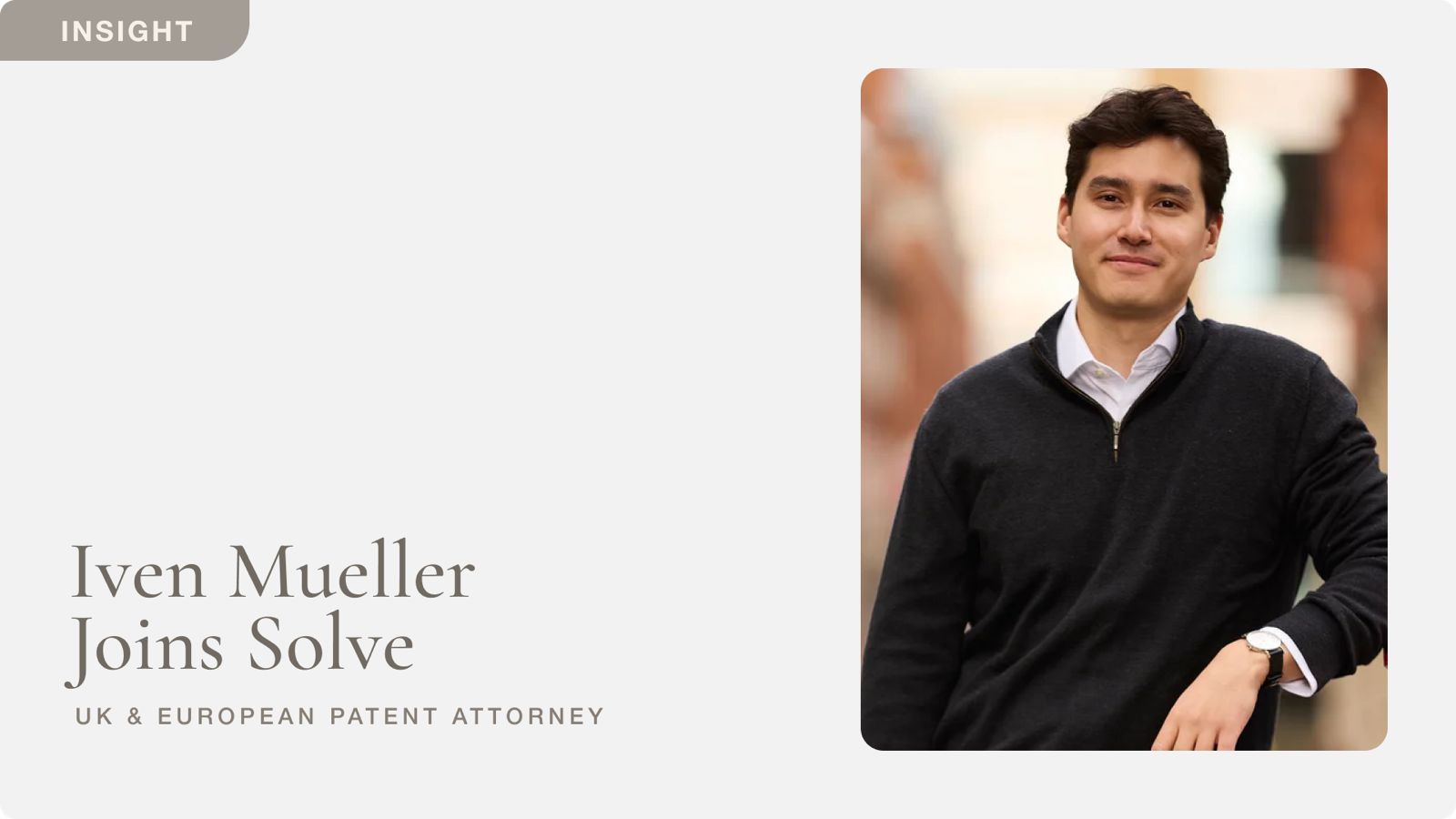
.png)
